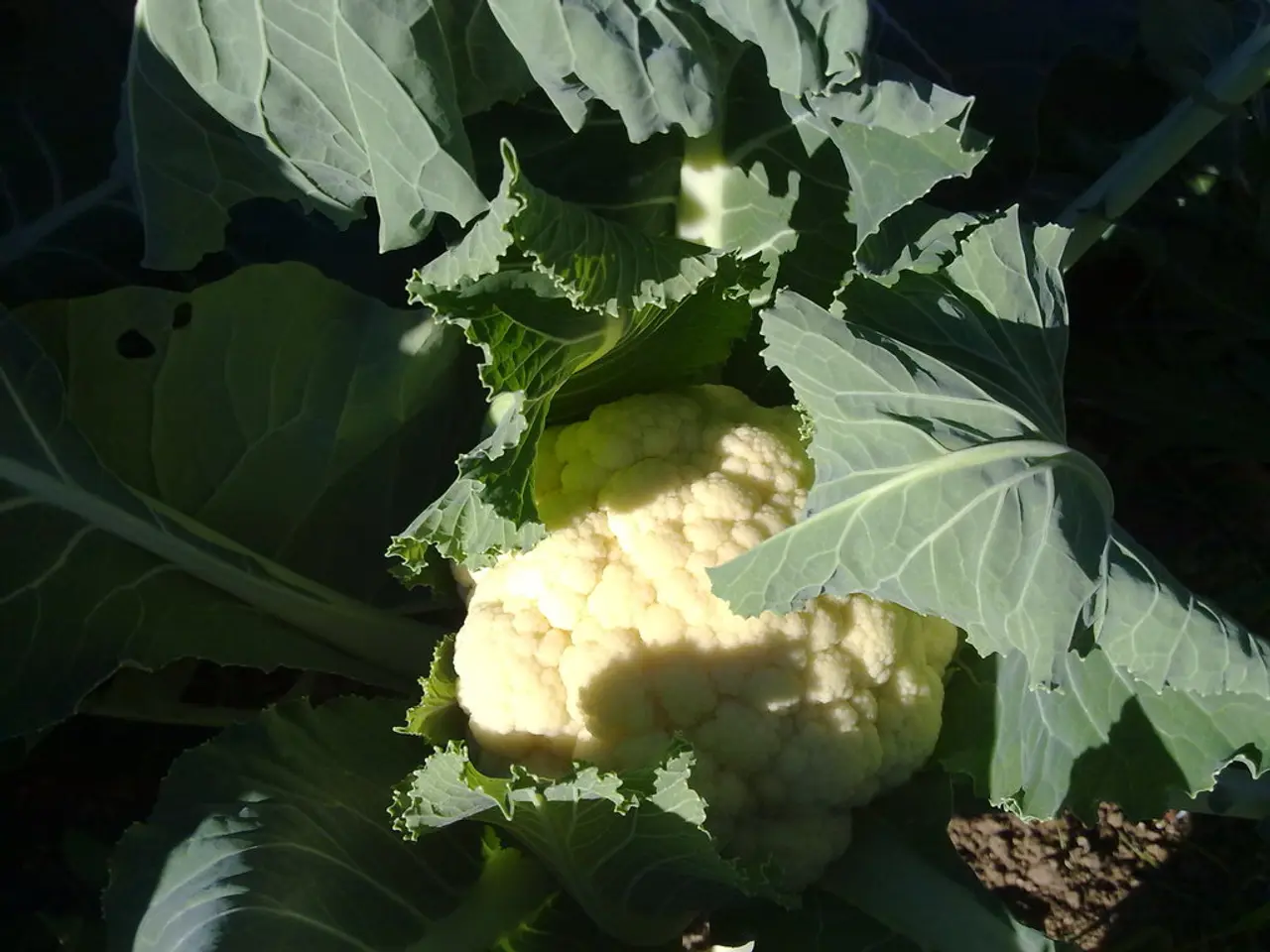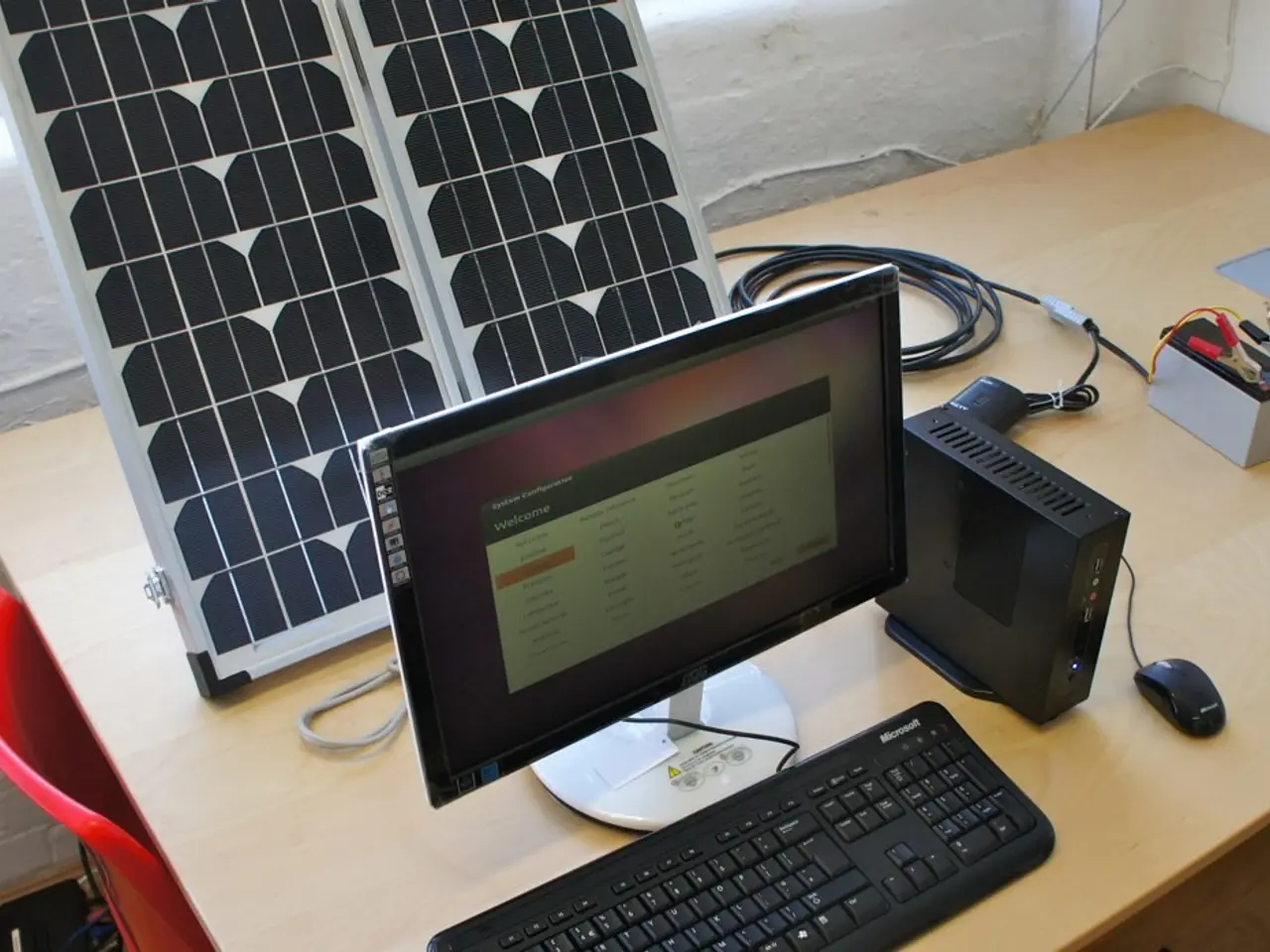Unveiling the essential steps to ensure a successful plasterboarding project for your garage
In the quest to create additional living or working space without the expense and disruption of building an extension, plasterboarding a garage can be a cost-effective solution. Here's a comprehensive guide to the tools, materials, and steps involved in this transformation.
Tools for the Job
To plasterboard a garage, you will need a combination of tools specifically suited for measuring, cutting, fixing, and finishing the plasterboard. Essential tools include a tape measure and pencil for accurate measuring and marking, a utility knife and hand saw for cutting plasterboard, a jab saw or keyhole saw for cutting holes, a T-square for precise square cuts, a hole saw and jigsaw for larger or complex openings, a combi drill with drill bits and screwdriver bits for fixing plasterboard screws, a laser or spirit level to ensure boards are level and plumb, and a working platform or step ladder for reaching higher areas. Optional but helpful tools include a plasterboard lifter or hoist to hold boards in place, especially for ceilings.
Materials Required
The key materials required for plasterboarding a garage are plasterboard sheets (size depends on garage dimensions), plasterboard screws for fixing boards to timber or metal studs, plasterboard adhesive (sometimes used for additional bonding), plasterboard jointing tape to cover seams between boards, plaster cement or joint compound for filling joints and finishing, sandpaper or sanding block for smoothing dried compound, and drop sheets to protect the floor during work.
Additional Considerations
When attaching plasterboard to timber battens, screwing into plasterboard is the preferred choice. Appropriate screws for this are Philips countersunk 38mm screws. If using wooden battens, a moisture-proof membrane should be fitted between them and the wall. Insulation is placed in the spaces between the battens, which may be rolls or boards. To stop condensation, a vapour barrier should be installed over the insulation before fitting the plasterboard.
Cost Considerations
A professional job might cost between £700 and £1200, including materials and labour. Labour costs for plasterboarding a garage will depend on location and experience, with rates typically ranging from £150 to £250 per day. Plasterboard, insulation, vapour barriers, and fixings can cost between £300 and £600 for an average-sized garage.
Safety First
Safety items like safety goggles and dust masks should be used, especially when cutting or sanding plasterboard.
Optional Aids
A plasterboard lifter and plasterboard hoist can be optional but helpful for lifting, positioning, and fitting plasterboard, particularly for ceilings.
Special Considerations
In integral or attached garages, fire-resistant plasterboard must be used to comply with Building Regulations. Standard 12.5mm plasterboard is generally suitable for detached garages, but acoustic or insulated plasterboard can be used for improved soundproofing or extra warmth, respectively. If plasterboard is put up without a vapour barrier/insulation, condensation can lead to mould, soft spots, and potentially corrosion in metal frames.
Finishing Touches
Skimming the plasterboard can be done to achieve a hardwearing finish, but this will add to the overall cost.
By following this guide, you'll be well-equipped to transform your garage into a functional and comfortable living or working space. Happy plasterboarding!
- To achieve an accurate transformation of your garage, essential tools like a tape measure, pencil, utility knife, hand saw, and a laser or spirit level are required.
- Plasterboard sheets, plasterboard screws, plasterboard adhesive, plasterboard jointing tape, plaster cement or joint compound, sandpaper or sanding block, and drop sheets are key materials for plasterboarding a garage.
- When installing plasterboard on timber battens, screwing into plasterboard is preferred, and Philips countersunk 38mm screws are suitable for this job.
- For wooden battens, it's essential to fit a moisture-proof membrane between them and the wall, and insulation should be placed in the spaces between the battens.
- To avoid condensation, a vapour barrier should be installed over the insulation before fitting the plasterboard.
- The cost of plasterboarding a garage can range from £300 to £600 for materials, with rates for labour typically ranging from £150 to £250 per day.
- If working with safety items like safety goggles and dust masks isn't enough, an optional plasterboard lifter or hoist can help with lifting, positioning, and fitting plasterboard, especially for ceilings.
- Comply with Building Regulations by using fire-resistant plasterboard in integral or attached garages. For detached garages, standard plasterboard is usually sufficient, but acoustic or insulated plasterboard can be used for soundproofing or extra warmth.
- If you opt for skimming the plasterboard to achieve a hardwearing finish, the overall cost will increase due to additional labor and materials needed.




